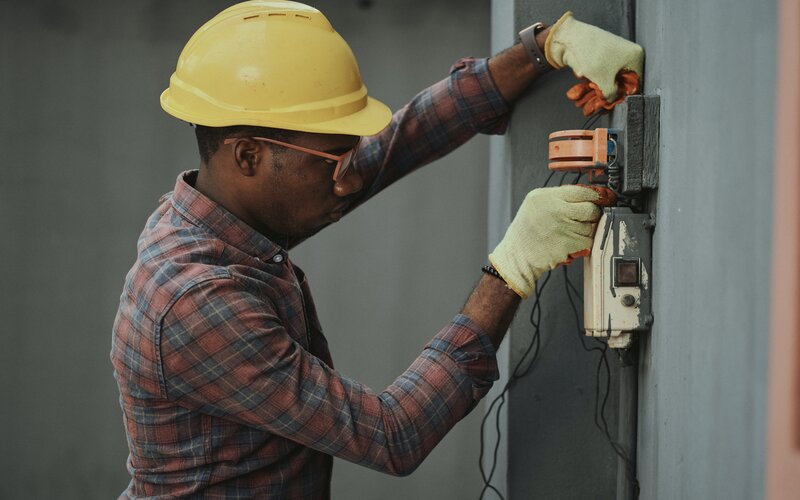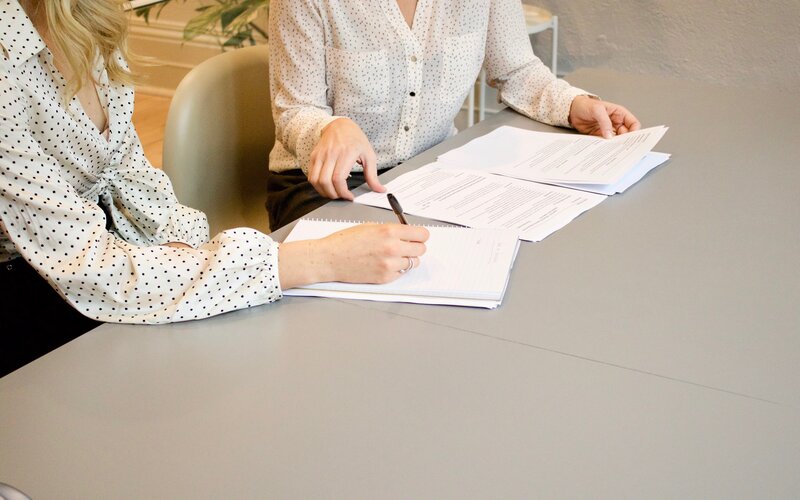Employment snapped back across Australia, increasing by 366,000 people in November 2021 according to seasonally-adjusted figures released by the ABS.
The unemployment rate fell 0.6 percentage points to 4.6 per cent in November, reversing the similar sized increase in October.
Head of Labour Statistics with the ABS Bjorn Jarvis said the latest data shows the extent of recovery between early October and early November in jurisdictions coming out of Delta lockdowns.
“The easing of restrictions in both New South Wales and Victoria had a large influence on the national figures, with employment in the two states increasing by 180,000 people and 141,000 people between October and November," Mr Jarvis said.
"Employment in those jurisdictions in November was only 52,000 people and 4,000 people below results recorded in May, having previously fallen by 250,000 people and 145,000 people during the lockdowns.”
With such a large increase in employment, the ABS saw the national participation rate increase by 1.4 percentage points to 66.1% in November, 0.2 percentage points below the peak in May and 0.2 percentage points higher than the start of the pandemic.
ANZ Senior Economist Catherine Birch said around 65% of the employment gains were part-time employees, but this reflected the larger loss during lockdowns.
Hours worked rises, underemployment and unemployment falls
Hours worked increased by 4.5% in November and were less than 1% below levels recorded in May.
Westpac Senior Economist Justin Smirk said they expected hours worked would outperform the gains in employment, but given the magnitude of the gains in employment this is a very solid update on economic activity.
"Given the surge in hours worked it should be no surprise that underemployment also had a meaningful correction falling 2ppt to 7.5%, the lowest level of underemployment since January 2014," Mr Smirk said.
ABS reported unemployment fell by 69,000 people, following an increase of 81,000 in October, as people returned to work.
Callam Pickering, APAC economist at global job site Indeed, said while lockdown was dreadful, and devastating for many, the labour market is the tightest it has been since the global financial crisis began.
“For the Reserve Bank of Australia, these figures are perhaps a little stronger than expected," Mr Pickering said.
"They forecast that the unemployment rate would reach 4.75% by year-end, compared with 4.6% in November, so there is some upside risk to their forecasts and policy outlook.
"Market chatter is around a rate hike next year, compared with the more conservative estimate of the RBA, and increasingly you’d favour the market view.”
Image by Emmanuel Ikwuegbu via Unsplash.



 Denise Raward
Denise Raward

 Harry O'Sullivan
Harry O'Sullivan
 William Jolly
William Jolly
 Rachel Horan
Rachel Horan

